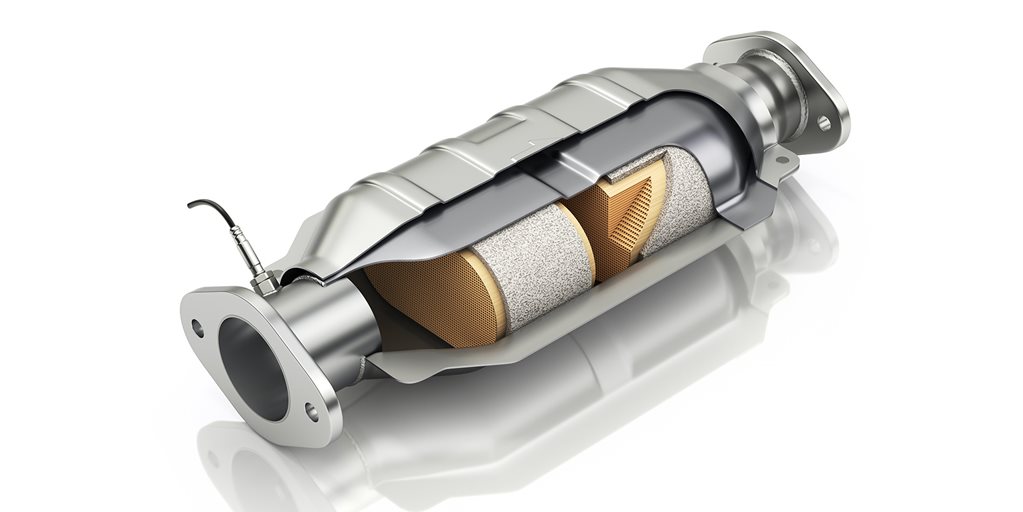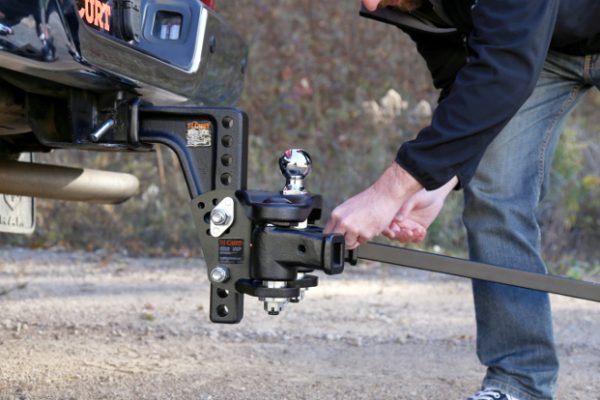Inside your vehicle, there’s a little powerhouse that turns dangerous exhaust gasses into less noxious components: the catalytic converter. This deceptively simple structure relies on advanced chemical reactions to reduce harmful emissions. You may not think about it much until you notice problems or your vehicle fails an emissions check. With proper care and value information in this short guide, you can better understand this vital component in your vehicle.
Table of Contents
Why Catalytic Converters Are a Thing
More than a half-century ago, smog was a common sight in large metropolitan areas such as Chicago and Los Angeles. Automotive exhaust was a significant contributing factor, releasing tons of pollutants into the air that transformed city skylines into hazy scenes. All that began to change during the mid-1970s. That’s when the catalytic converter first became standard equipment due to stricter EPA exhaust emission rules.
Types of Catalytic Converters
Catalytic converters have developed from their original designs in the early 20th century. Four types of converters exist today:
- Two-way: breaks down carbon monoxide and hydrocarbons
- Three-way: converts hydrocarbons, carbon monoxide, and nitrogen oxide
- Diesel oxidation: emits oxygen in the exhaust gas stream to break down hydrocarbon and carbon monoxide
- Selective reduction: uses urea to convert nitrogen oxides into water and nitrogen
Three-way converters are the most common type in gasoline-powered vehicles, while diesel oxidation converters are pretty much standard in diesel vehicles.
Materials and Construction
While every catalytic converter is unique, most tend to follow the same basic design. There’s an entry line, the converter’s main body, and an exit line. The intake channels exhaust gasses from the engine into the main chamber, where it comes in contact with a honeycomb-like structure consisting of a catalyst — usually a mix of metals like platinum, palladium, and rhodium. Once the polluting gasses break down into less harmful components, they leave the converter via the exit line.
What’s so special about these catalyst metals? They exist as nanoparticles inside the converter, which help create a redox reaction when exhaust gasses flow over them. During this process, the reactants trade electrons and decompose into products such as water vapor, carbon dioxide, and nitrogen.
Common Converter Problems
Occasionally, catalytic converter problems can lead to an illuminated check engine light on the dashboard. At other times, they produce more obvious symptoms:
- Diminished engine performance
- Reduced fuel economy
- Unusual rattling sounds
- Dark exhaust smoke
- Sulfuric “rotten-egg” odors
Emissions test failures are another dead giveaway, along with an overheating vehicle. These symptoms can indicate any number of problems, including structural abnormalities, carbon buildup, heat damage, and permanent failure due to incorrect air-fuel mixtures.
Replacing a Catalytic Converter
While catalytic converters can sometimes be expensive to replace, you do have many options. Shopping at a reputable auto parts retailer gives you access to high-quality replacements at a wide range of price points. You can use your preferred retailer’s drop-down menus to quickly find converters compatible with your vehicle by its year, make, model, and submodel. You may also want to try an AutoZone discount code for additional savings on your converter.





